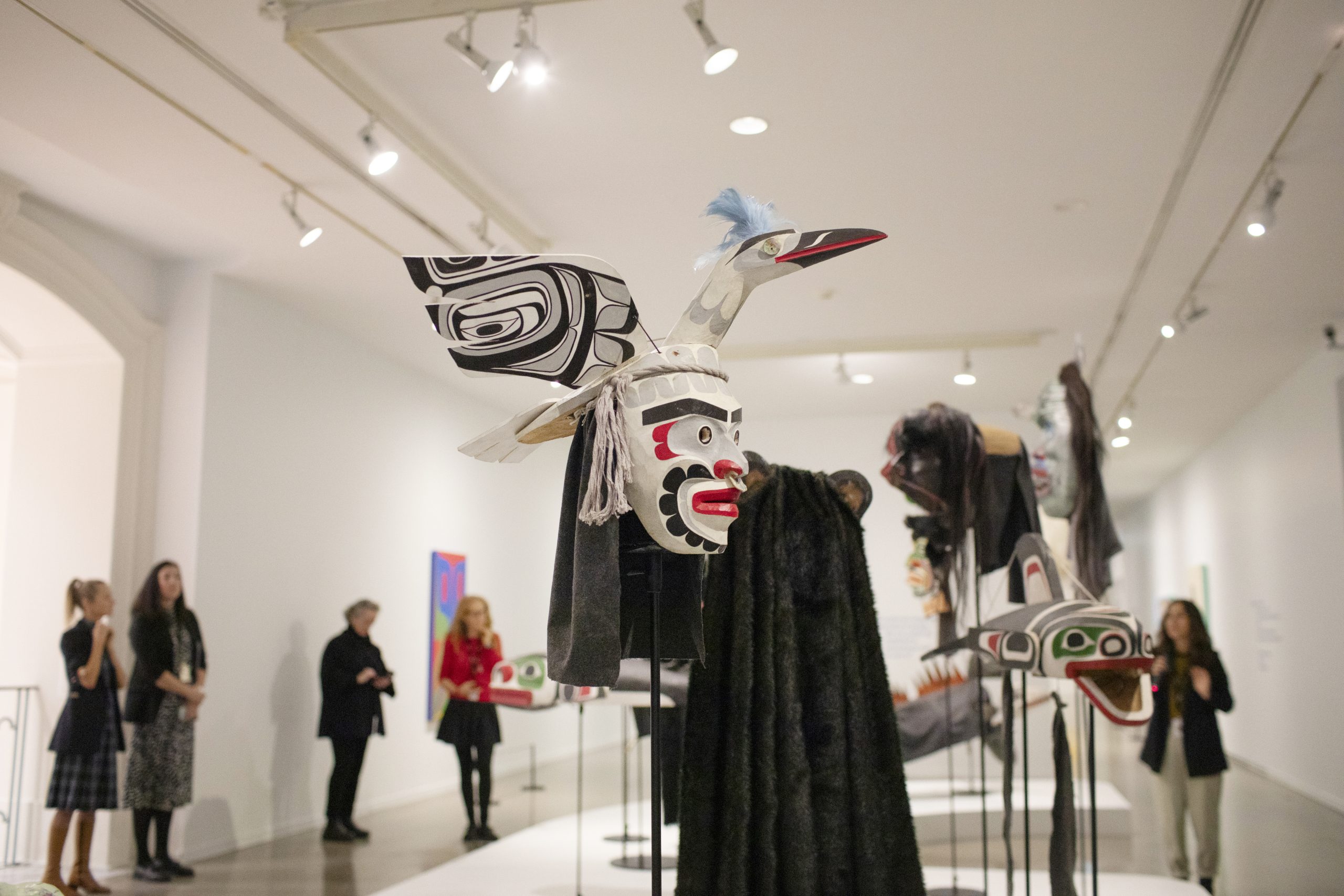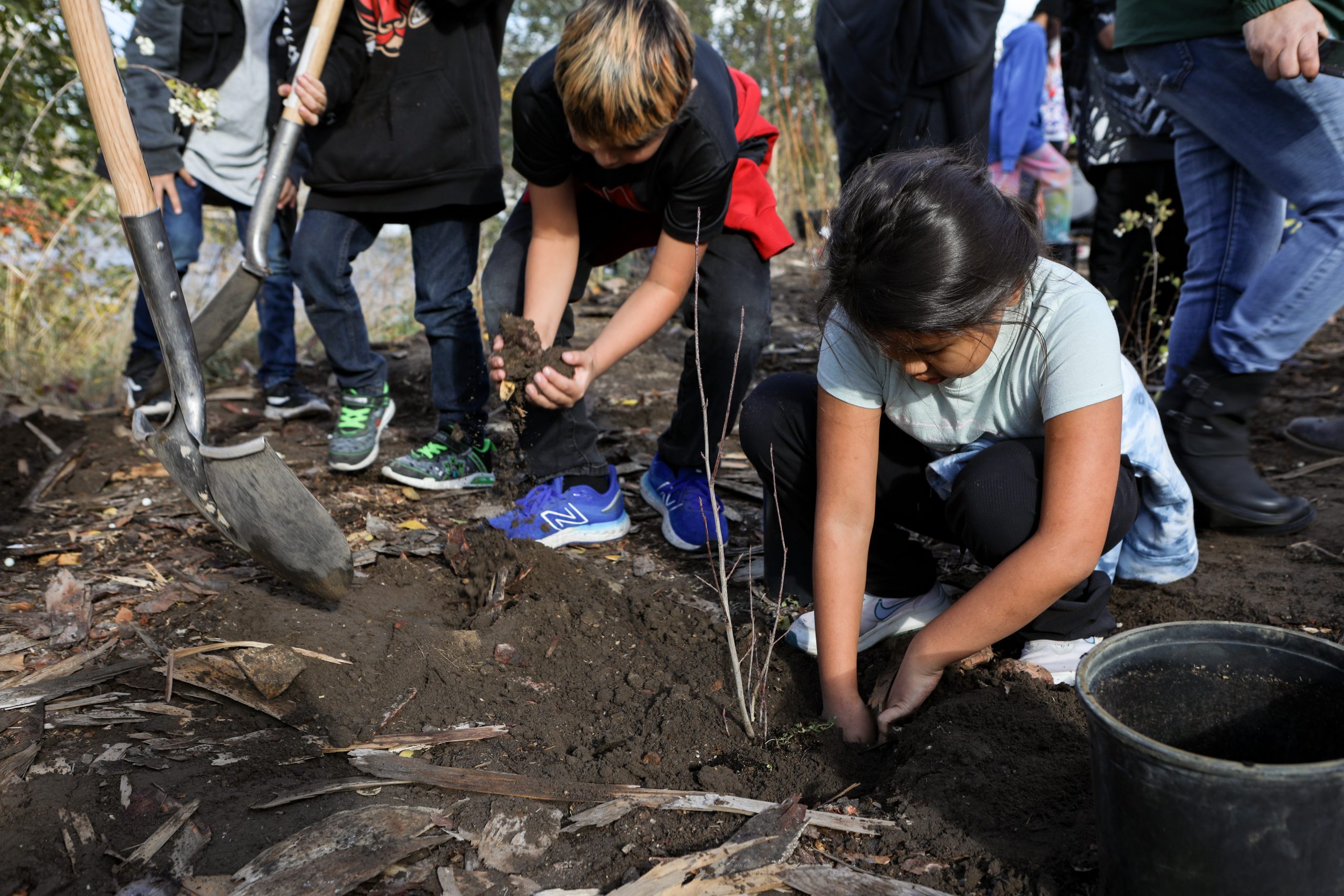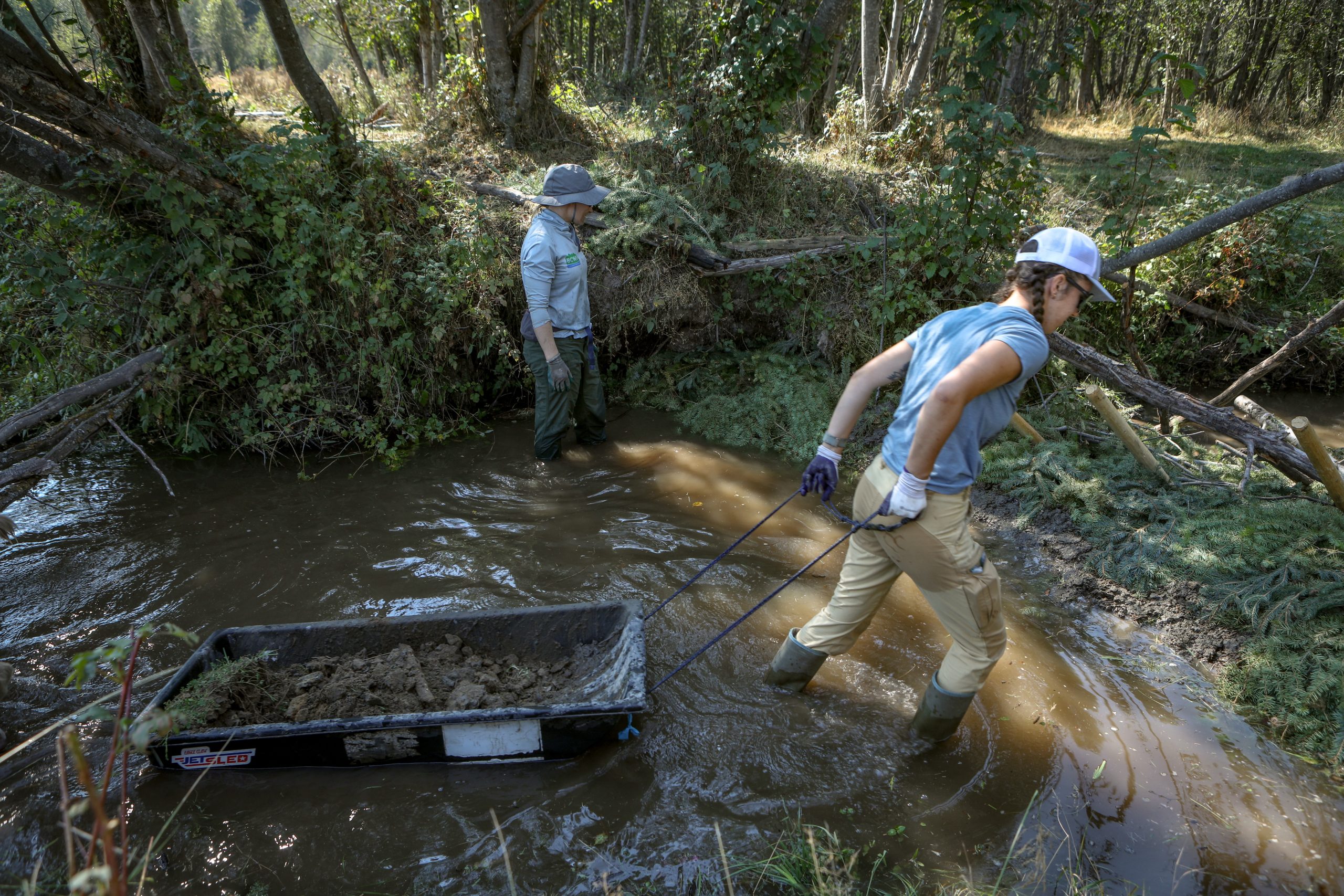New housing project at tiskʷat represents homecoming for Tla’amin Nation
‘Our ancestors used to build their houses right along the same river,’ says public works director. ‘It’s very special for us to go back home to the same spot’
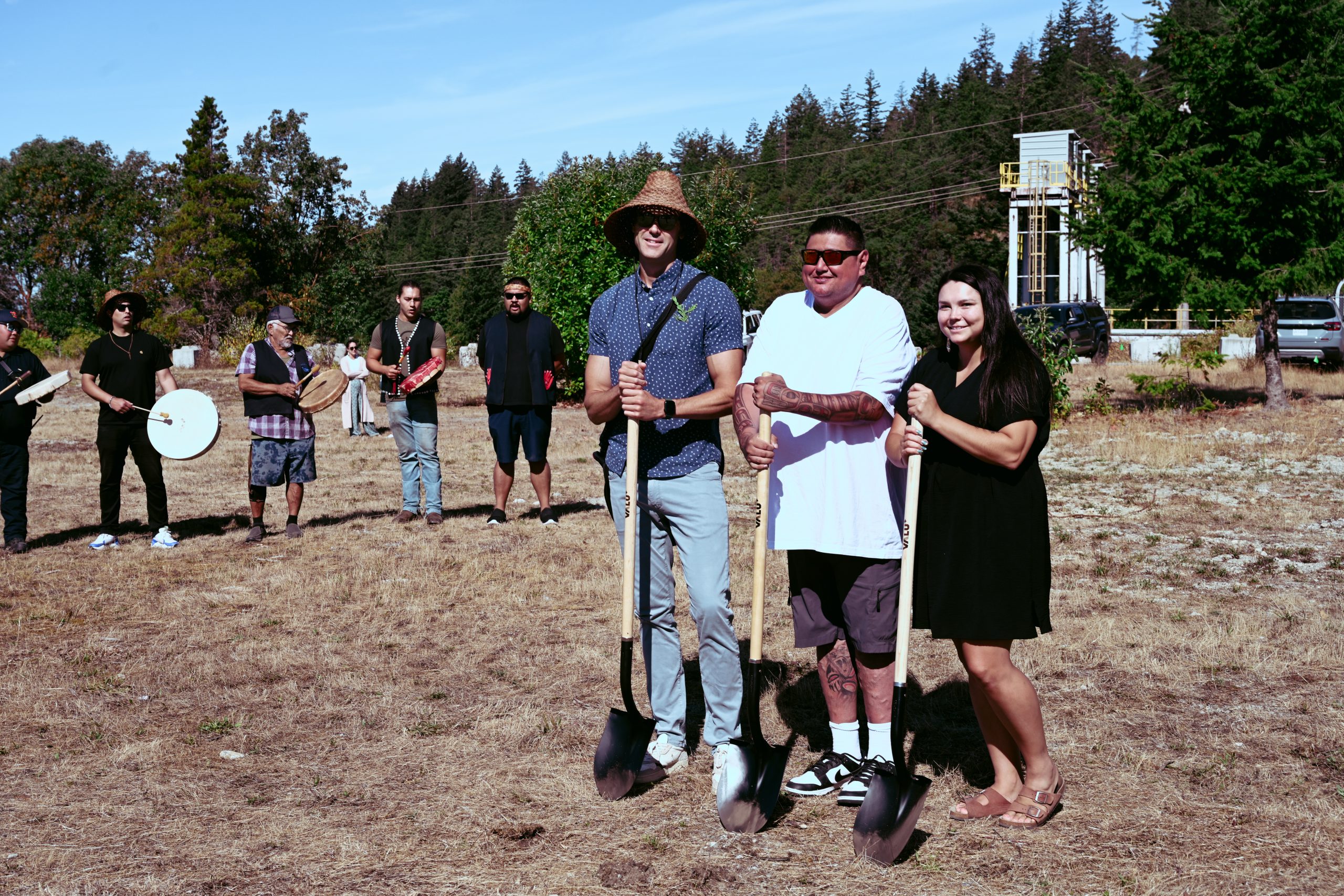
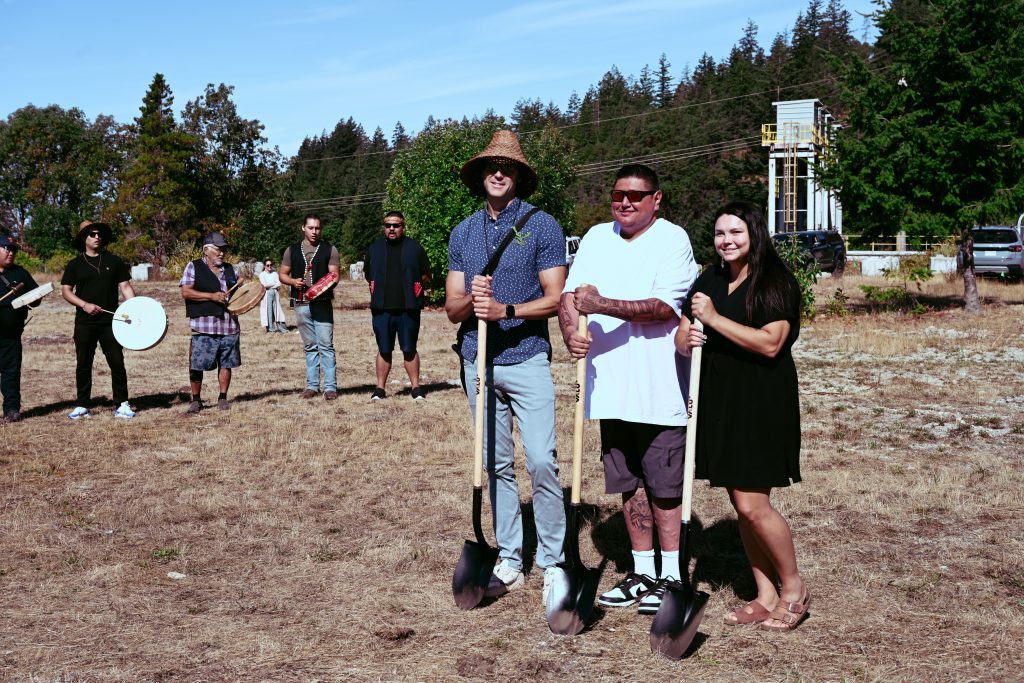
Thirty new homes being built at a former Tla’amin village represent a homecoming for the nation, after a long journey to regain the important site.
The housing project at the tiskʷat village site in “Powell River” on “B.C.’s” Sunshine Coast is now being prepped for construction after an event last month where community members gathered to bless the ground and hold ceremony at the site.
The Tla’amin Nation has been in the process of reclaiming tiskʷat after being separated from the village site for seven generations — the land was stolen and sold by “British Columbia” more than 150 years ago.
The project, dubbed “Coming Home,” is the first major housing development for the nation outside of its main village site t̓išosəm. The 30 homes will have two to three bedrooms and are planned to be rental units for Tla’amin families.
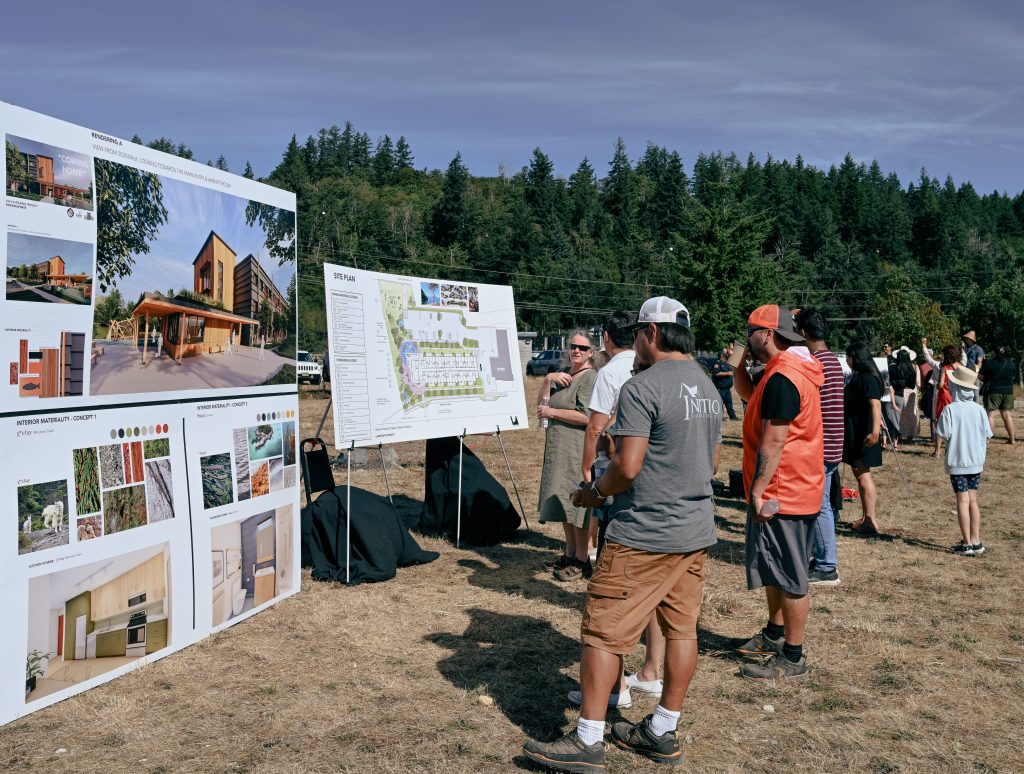
“This is where thousands of Tla’amin people lived for over 20,000 years,” said Tla’amin’s director of public works and capital infrastructure, Carmen Galligos.
“Archeologically, we found some artifacts that date back 10,000 to 20,000 years, so it’s very significant that our people used to live here. Our ancestors used to build their houses right along the same river. It’s very special for us to go back home to the same spot.”
The homes are being built on a portion of tiskʷat where the former Powell River General Hospital was once located in the Townsite area. On August 13, people gathered on the site where a song, burning, and cedar brushing were shared, followed by the project team answering questions from members of the public.
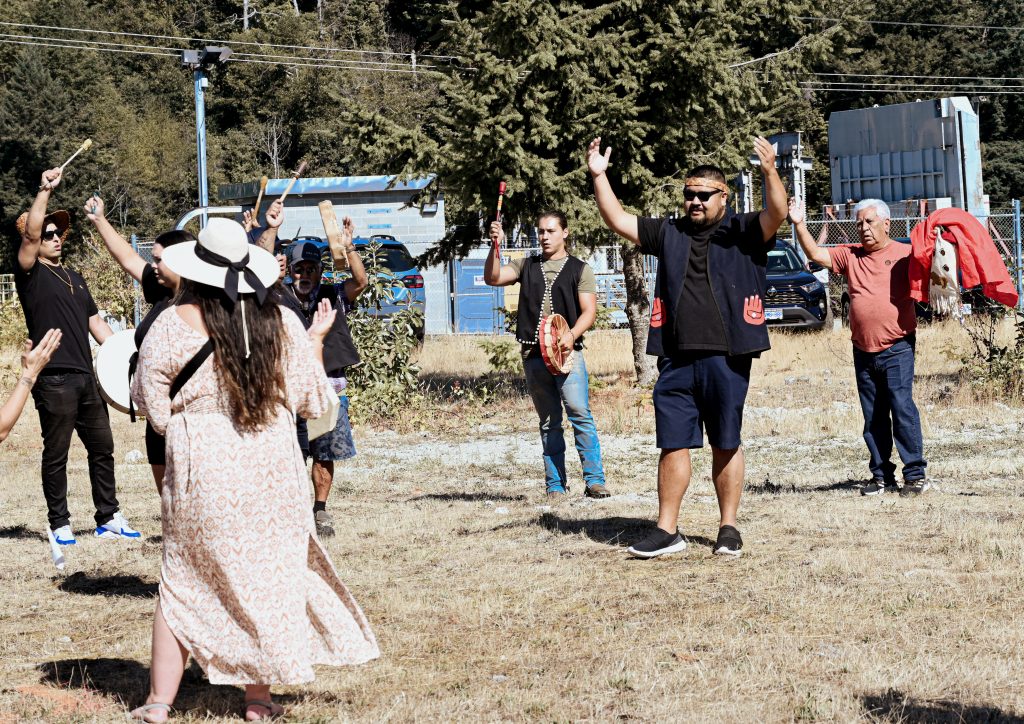
Tla’amin hegus (Chief) John Hackett explained in a press release that Tla’amin carries out ground blessings before all major developments.
“We bless the ground to begin the work in a good way by taking care of the land and our ancestors,” said Hackett.
“Before we disturb the ground, we let the ancestors know what our plans and intentions are and pray that they will keep all the workers safe and protected.”
The project is a collaboration between Tla’amin, BC Housing, and Lu’ma Native Housing Society and construction will be completed by Converge Construction.
Galligos said the nation is narrowing down final details on the buildings’ designs, but the homes are expected to take about 18 months to complete.
Right now, until late October, heavy machinery is on the site preparing for development. Once the homes are complete, the nation hopes to move families in right away.
“There’s a big need for housing as fast as possible, so we’re hoping to move people in as soon as we can,” Galligos explained.
“It’s my first project, working with multiple jurisdictions; creating stronger partnerships with the City of Powell River, the ministries, the province and the nation, all working together to make it happen.”
Currently, the nation’s housing waitlist has 50 families who need a home. A statement from the nation said “the exact number changes as new applications come in and units are allocated, but the demand far exceeds the number of homes available.”
Community members can apply for housing through the nation’s website. Galligos said Tla’amin is working on creating an affordable rent price for the units.
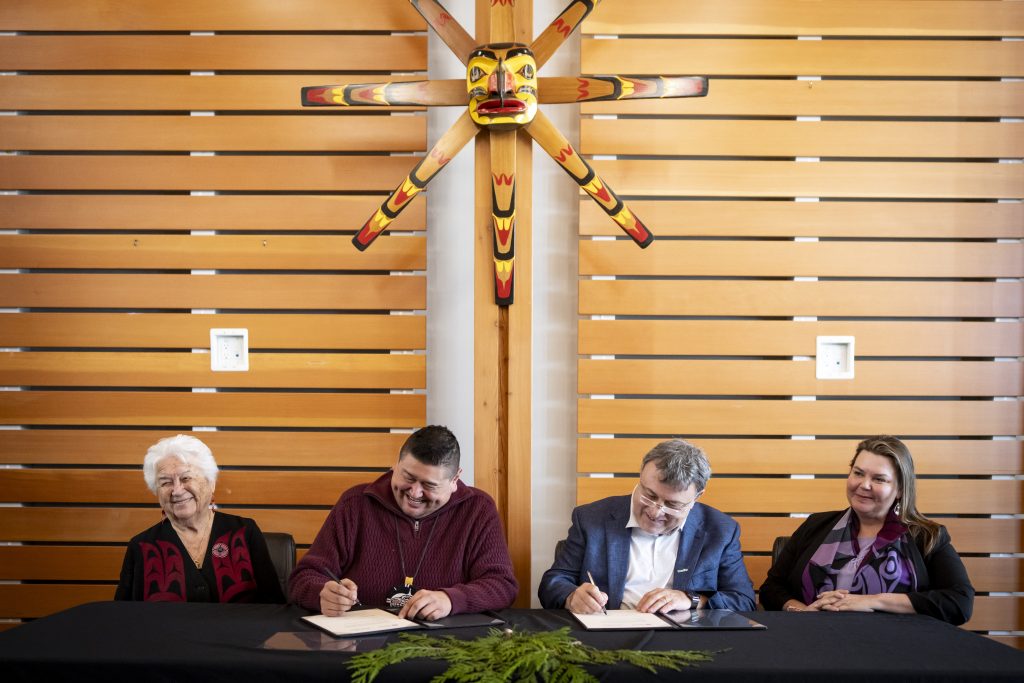
The tiskʷat homes come after the Tla’amin announced back in March that they had reached an agreement with Domtar (formerly Paper Catalyst Excellence) to purchase back most of the mill site.
Currently, Tla’amin is also in ongoing negotiations with “Canada” for Lot 450, which includes tiskʷat and the former paper and pulp mill. The nation also signed a memorandum of understanding with “British Columbia” last October to safeguard tiskʷat and address the environmental impacts after decades of the mill’s operation.
tiskʷat was formerly a major village and fishing site of Tla’amin, Homalco, Klahoose, and K’ómoks First Nations families, as mentioned in written and oral histories. Cabins were built close to the river, where millions of sockeye, pink, coho, and chum salmon would spawn there each fall, which brought the families of the four sister nations together to harvest.
But after colonization, the nations were removed from tiskʷat, and the site was illegally sold by the province to Robert Paterson “R.P.” Rithet.
Now, Tla’amin owns most of tiskʷat, one segment will be sold by Domtar to one or more third parties for industrial redevelopment. In a press release, the nation stated that the agreement will “ensure the lands will also continue to create economic benefits for the broader community well into the future.”
“We want to thank our ancestors who never gave up on tiskwat. Your strength has guided our hands in this work,” said hegus Hackett.
“Reconnecting with this place — once the original commercial hub of our territory, a center of trade and prosperity for thousands of years — is deeply emotional. We look forward to once again exercising our responsibilities to these lands.”
Author
Latest Stories
-
‘Bring her home’: How Buffalo Woman was identified as Ashlee Shingoose
The Anishininew mother as been missing since 2022 — now, her family is one step closer to bringing her home as the Province of Manitoba vows to search for her
-
‘Witnessing our ancestors’ wildest dreams’: Tla’amin children immerse themselves in ʔayʔaǰuθəm
At the nation, a preschool to Grade One classroom is taught only in ʔayʔaǰuθəm— allowing young children to connect to their ancestral language



